General Election: June 28, 2021 Candidates for Tribal Council
RICKY COMPO
TAMARA KIOGIMA
LEROY SHOMIN
DOUG EMERY
WILLIAM ORTIZ
MARCI REYES
KENNETH DEWEY
AARON OTTO
SHARON SIERZPUTOWSKI
SIERRA BODA (WITHDREW 5-14-21)
In Anishinaabemowin, manoomin means the “good berry,” and it is a food that has traditionally provided physical and spiritual sustenance to the Anishinaabe people. Oral teachings explain that the Odawa people migrated from the East having been told to settle when they find the food that grows on the water, which they discovered in the waters of the Great Lakes region.
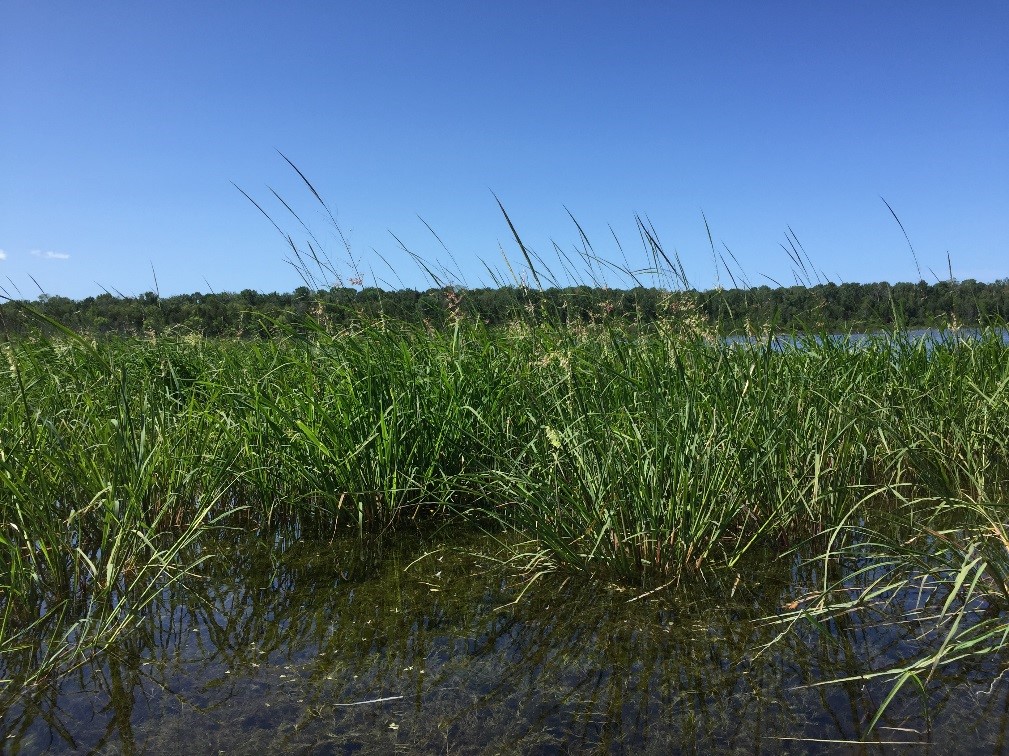
Manoomin on the LTBB Reservation in the flowering stage
LTBB encourages involvement of its tribal members in manoomin harvesting and processing activities. Few members of LTBB are actively involved with manoomin and we hope to increase participation. Restoration will have limited benefits without families interested in re-establishing local manoomin traditions. Over the last several years LTBB’s Natural Resources Department has hosted a community harvest day and wild rice cook-offs where those interested can learn about the plant and traditional harvesting, processing, and cooking methods.
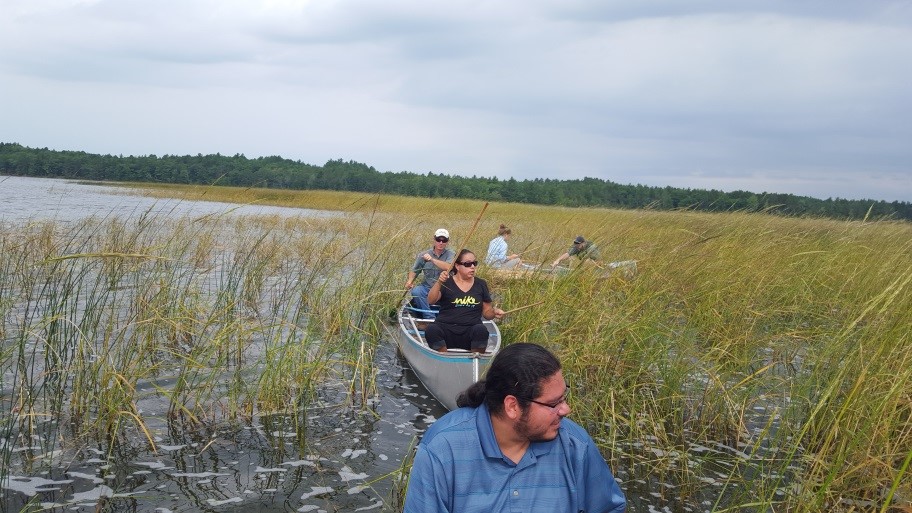
LTBB Community Harvest in 2016
Environmental change has led to the decline and/or loss of manoomin stands throughout the Great Lakes region. LTBB focuses research and restoration in the 1836 Ceded Territory of Michigan. Our work involves analysis of manoomin habitat, including substrate and water qualities, and other stressors. LTBB has attempted to restablish manoomin stands for several years with little success. Currently, LTBB is studying the different genetic strains of manoomin as this could be vitally important in the success of our seeding efforts. Recent data indicates that our local manoomin is genetically distinct compared to manoomin from other states. To restore manoomin stands, LTBB is test seeding with seed from a variety of sources to observe any potential differences in plant vigor.
Enhancement of waterfowl habitat is one goal of this restoration work. However, in some cases, manoomin can be wiped out by waterfowl because it is not self sustaining at this point. We are planning to try a variety of waterfowl deterrents near small stands that we hope will allow the stand to become self-sustaining.
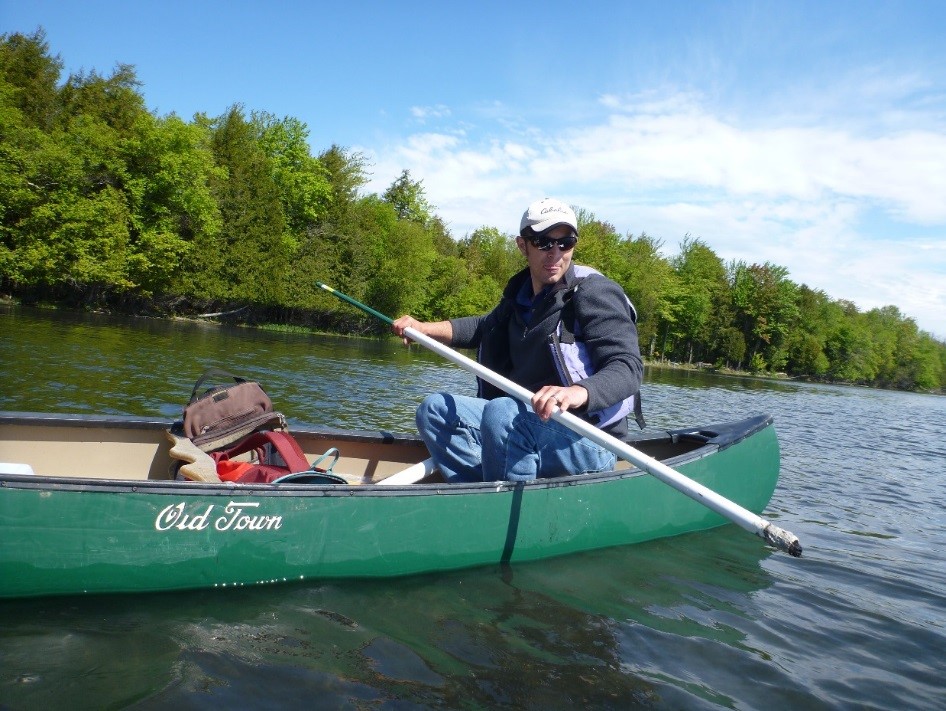
Jon Mauchmar collecting a muck sample near germinating manoomin
RICKY COMPO
TAMARA KIOGIMA
LEROY SHOMIN
DOUG EMERY
WILLIAM ORTIZ
MARCI REYES
KENNETH DEWEY
AARON OTTO
SHARON SIERZPUTOWSKI
SIERRA BODA (WITHDREW 5-14-21)
BERNADECE (BERNIE) BODA & LINDA GOKEE
REGINA GASCO-BENTLEY & STELLA KAY
(Click Team To Read Their Statements)
BERNADECE (BERNIE) BODA & LINDA GOKEE
REGINA GASCO-BENTLEY & STELLA KAY
(Click Candidate Name To View Their Statement)
Search Code Index
function search(string){ window.find(string); }
LTBB Events
Sun Mon Tue Wed Thu Fri Sat 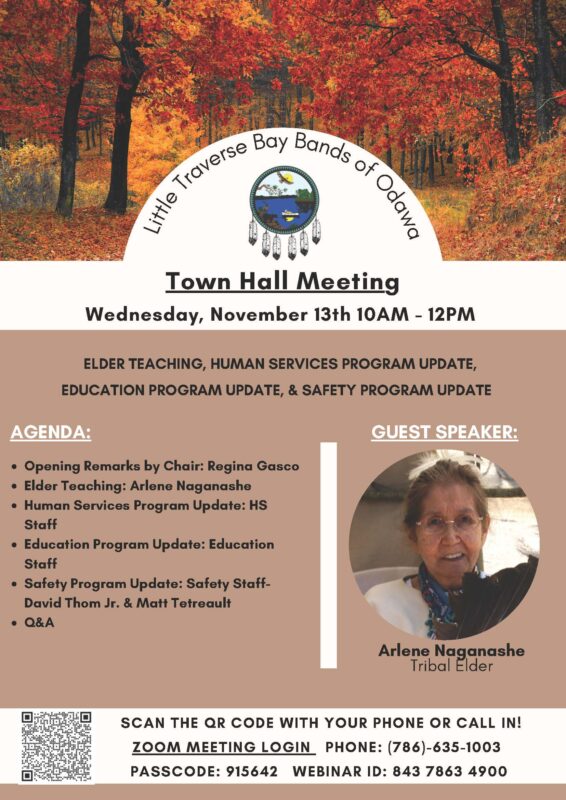
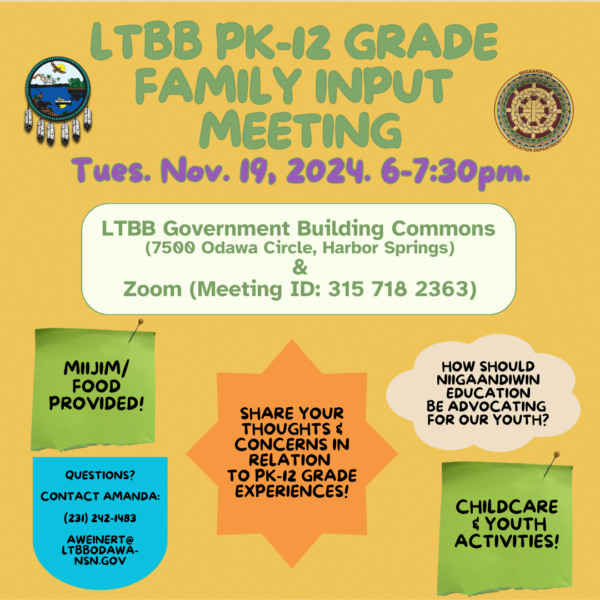
Contact SPRING
[ninja_form id=12]
https://app.hellosign.com/s/LJki90VA